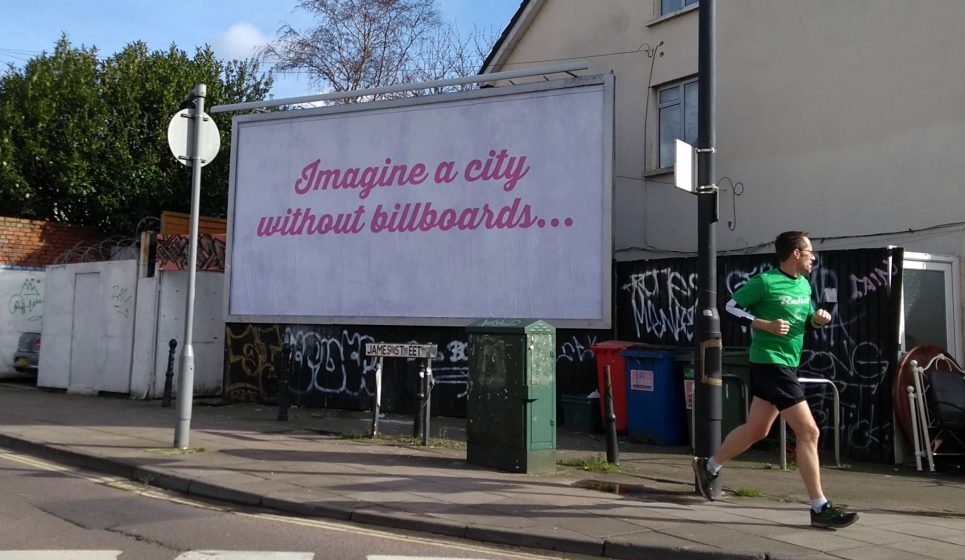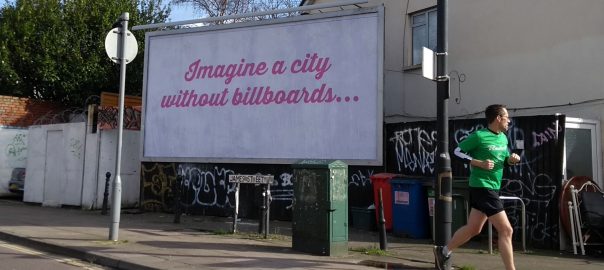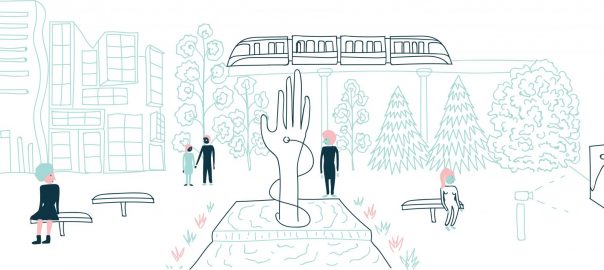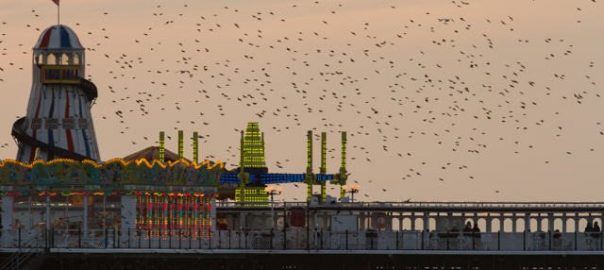For cities, addressing the lifestyle choices of their inhabitants is not merely a luxury but an imperative. City governments should delve deeper into their capacity to shift the mindsets of city residents and the prevailing paradigms.
The imperative to mitigate global warming to within 1.5 degrees Celsius above pre-industrial levels necessitates substantial systemic changes in the Global North. While much attention has been directed towards clean energy transition and infrastructure investments, addressing unsustainable consumption habits has not received the priority it deserves. The growing challenges in meeting the Paris Agreement objectives underscore the critical need for a wide-scale transformation in consumption practices, particularly in rich countries.
While the international process towards addressing climate change has been frustratingly slow and thwarted over the last few decades, cities and local governments have been playing an outsized role in developing policies and innovations that enable mitigation and adaptation to climate change. Major cities around the world have adopted ambitious climate goals and developed mechanisms for learning and knowledge sharing across local government networks (e.g., ICLEI, C40 cities).
To date, many of these efforts focus on infrastructure efficiencies and a shift to clean energy. For instance, in a 2022 survey, mayors indicated that their most impactful tools in combating climate change are their authority over building codes and zoning. This finding demonstrates that city governments fundamentally understand their role in transforming the urban physical landscape utilizing the regulatory and planning frameworks they have. At the same time, while these are critical efforts, they still fall short and are insufficient in facilitating the transition needed to follow the pathways to 1.5C offered by the IPCC.
The missing piece
The 2022 IPCC report ‘Mitigation of Climate Change’ highlights the crucial role of altering production and consumption patterns as one of the key mitigation strategies for cities. The authors of the ‘1.5–Degree Lifestyles: Towards A Fair Consumption Space for All’ further stress the urgency of addressing consumption: “…technological improvements in the emission-intensity of goods and services must be accompanied by significant lifestyle changes towards reduced consumption is especially pertinent and should form the basis for emergency governmental plans of action”.
For cities, addressing the lifestyle choices of their inhabitants is not merely a luxury but an imperative. This necessity arises, not only due to the substantial contribution of consumption and lifestyle choices to cities’ climate impacts but also because combating climate change necessitates a cultural shift. Without community acceptance of this cultural transformation, we are more likely to see greater resistance to climate solutions and more populist fights against urban climate policies. While addressing consumption and lifestyle considerations in cities might not guarantee complete buy-in to climate transformation, it remains a pivotal lever for reshaping mental models and establishing vital connections between people’s concerns and climate solutions.
Thus, the next frontier for city governance is to assume a more significant role in addressing the lifestyle choices of their inhabitants. City governments should delve deeper into their capacity to shift the mindsets of city residents and the prevailing paradigms. By effectively leveraging these crucial intervention points, cities can drive significant changes.
Changing people’s mindsets is no small task, yet it is a critical part of the effort to achieve the 1.5C target. A key challenge lies in the fact that city dwellers live in an environment largely optimized to support the current economic system, regardless of its unsustainability. Consequently, it’s unsurprising that residents of urban areas might struggle to see the drawbacks of this system, particularly its inability to uphold safe and just ecological boundaries. Most importantly, there is a lack of clear connections between suggested 1.5C lifestyle alternatives and the economic and social concerns of individuals, who are likely to prioritize other issues.
So, what can cities do about it? There are already several examples of cities taking action that enable and support transformation into the 1.5C lifestyle. These examples demonstrate new ways for cities to utilize their power to achieve their stated climate goals.
1. Changing the narratives
Advertising drives consumption as well as overconsumption. While much of it is done on our device screens, billboards remain a key advertising medium and are actually deemed more trustworthy than digital ads by many. The numerous downsides associated with billboards have prompted an increasing number of cities, starting with Sao Paulo in 2007, to either ban or restrict corporate advertising in public spaces.
Cities ought to consider the prospects of transitioning into ad-free spaces, not solely to eradicate visual pollution but also to shape the narratives to which people are exposed. Narratives wield significant influence in instigating change, and the everyday advertisements we encounter consistently convey a singular consumerist message. Cities possess the potential to alter this narrative by not only reducing exposure to it but also by presenting and promoting a different narrative that is more aligned with 1.5C lifestyles.

Such counter-narratives could play a pivotal role in fostering a transformative future by framing 1.5C lifestyles in appealing and attractive ways. For instance, cities could use billboards to promote the initiatives of campaigns such as ‘Take the Jump‘, which adopts a more playful and positive approach to advocate for 1.5C lifestyle changes. Additionally, providing free advertising space to endorse 1.5C-aligned habits already supported by the city, such as bike-sharing schemes or farmers’ markets, could be another effective avenue.
2. Supporting physical spaces that promote 1.5C lifestyles: a case for urban gardens
Urban gardens have long been hailed as crucial components for an urban sustainable and resilient future, including climate resilience transformation. In addition to benefits such as food production and stormwater mitigation, urban gardens offer many opportunities for interactions that can facilitate the mindset shift needed to achieve 1.5C lifestyles.
For example, it is well established in the literature that urban gardens serve as spaces that generate a sense of community, environmental advocacy, and activism (see for example Certoma et al., 2019). Citizens who spend time working in gardens tend to be more aware of their environmental impacts and are more prone to become active in their localities. Many urban farms and gardens already serve dual roles of offering educational programs to children and to the general public that support the transformation of individual lifestyles― composting, soil quality, and local food production are common topics in programs offered in gardens across many cities.
In addition, urban gardens, farms, and other urban green spaces have been pioneers in developing working mechanisms of the sharing economy. Examples include surplus produce sharing, tool-sharing programs, and knowledge and support exchanges. All of these mechanisms are focused on reduced dependence on external resources and consumption and thus support 1.5C lifestyles. Some city governments are already actively supporting urban garden programs (see Green Thumb in NYC and P-patch in Seattle). Enhancing such support by allowing use of space, providing resources, and coordination act as a force multiplier in the role such spaces play for 1.5C lifestyle education and action.
3. Incentivizing 1.5C behavior change
A clear tension exists between people’s prioritized economic concerns, as evidenced in numerous polls and elections, and the pursuit of the 1.5C transformation. The latter may not inherently present immediate economic advantages and might involve trade-offs, like opting for a pricier train ticket instead of a cheaper flight or purchasing sustainable products that typically come with a premium cost. Additional aspects of this transformation might necessitate an initial investment, such as acquiring a heat pump or an electric car, with economic returns materializing only after a couple of years.
Therefore, there is a clear case for cities to create greater alignment between economic incentives and climate action to generate short-term economic gains for those who take action towards low-carbon lifestyles. One scheme that employs this approach is the “Carbon Road for Everyone” initiative in Shenzhen, China, where individuals can earn “carbon coins” for taking specific actions, such as using public transit or reducing energy use. They can then trade these coins for shopping vouchers or even cash, as seen in a similar scheme in Guangzhou, China.
Although ‘carbon coins’ schemes have been piloted in the past without much success, the latest examples from China show the potential for cities to use their scale and technology to create short-term financial incentives for residents to adopt 1.5C behaviors. Simultaneously, it is crucial to ensure that the financial incentives support more sustainable consumption behaviors. This could be addressed in various ways, from allowing the use of carbon coins as a means of payment in farmers’ markets to providing higher discounts for purchases in 1.5C-aligned businesses (see next point) or funding sports and educational activities. One innovative idea originated in the city of Quzhou, China, where the People’s Bank of China initiated a “carbon to gold loan” scheme, using carbon coins to improve credit scores. Collaborating with local banks to translate low-carbon lifestyles into higher credit scores could have a meaningful and immediate impact on city residents.
4. Supporting 1.5C-aligned businesses
City governments have considerable influence over the commercial activity within their boundaries. They usually use their power to prioritize economic, educational, social, and other issues they support. Similarly, when it comes to 1.5C lifestyles, cities have different opportunities to support and promote this agenda through their interactions with businesses. One goal should be to provide a clear message to both businesses and residents on the type of commercial activity cities would like to see taking place within their municipal boundaries. Another one should be to make these businesses more viable by supporting their economic activity, helping them to better compete against companies exercising business-as-usual.
This approach, while not novel, has found application across various cities globally, each with its focus on fostering sustainable agendas. Instances include Seoul’s advocacy for sharing economy enterprises, Amsterdam’s nurturing of circular economy startups, New York City’s support for B Corps, and Stockholm’s interest in social impact entrepreneurship. Cities can use these and other case studies to learn what incentives and support can work best to promote 1.5C lifestyles businesses.
For cities, this strategy could extend beyond merely endorsing companies dedicated to enabling 1.5C lifestyles; it could involve cultivating broader public awareness and eventual acceptance of such practices. The “Sharing Seoul” initiative exemplifies this by proposing a “stamp of approval” for select sharing services with the aim of fostering public trust in the sharing economy. Embracing a more comprehensive approach will amplify the visibility of city efforts to position 1.5C lifestyles as a cornerstone in attaining climate targets aligned with the 1.5C trajectory.
Raz Godelnik and Peleg Kremer
Princeton
about the writer
Peleg Kremer
Dr. Kremer is an associate professor in the Department of Geography & the Environment at Villanova University. Research in Dr. Kremer’s lab focus on spatial patterns in social-ecological systems and urban sustainability.
References
Certomà, C., Noori, S., & Sondermann, M. (2019). Urban gardening and the struggle for social and spatial justice. In Urban gardening and the struggle for social and spatial justice. Manchester University Press.







Leave a Reply